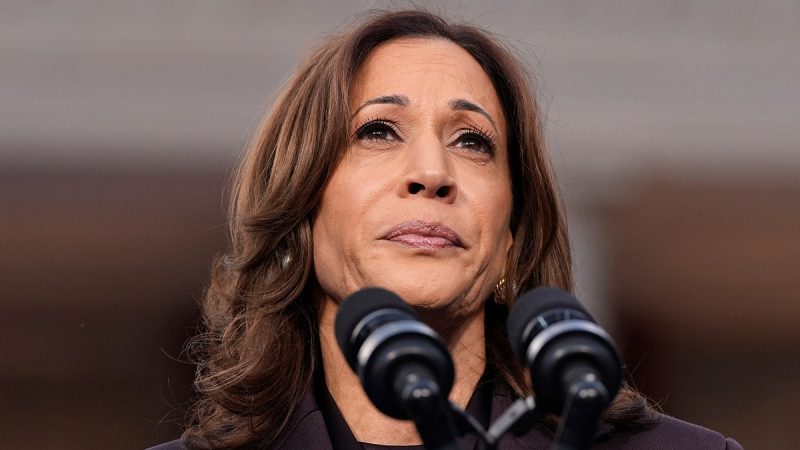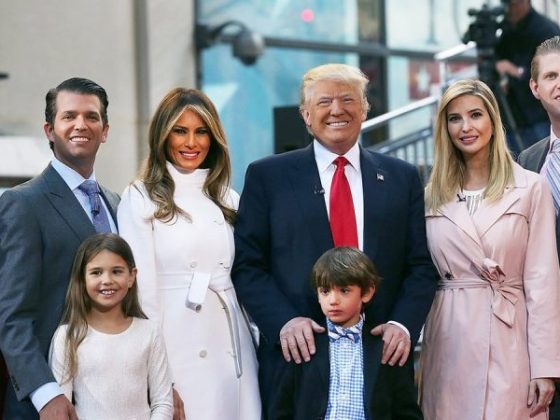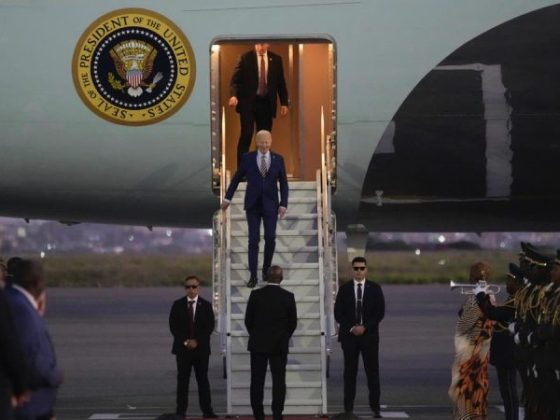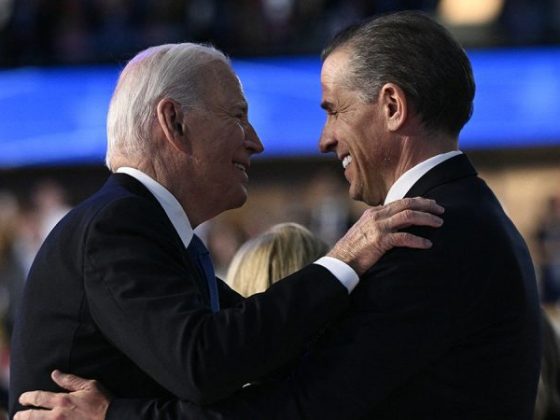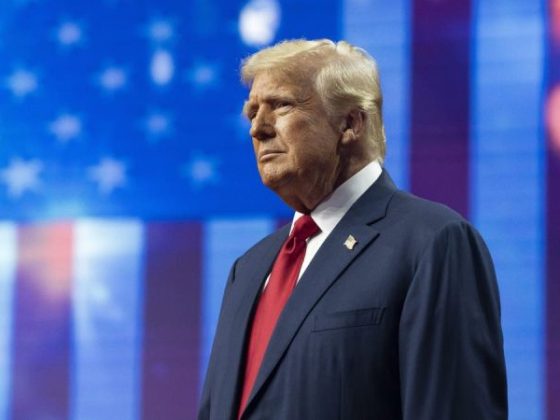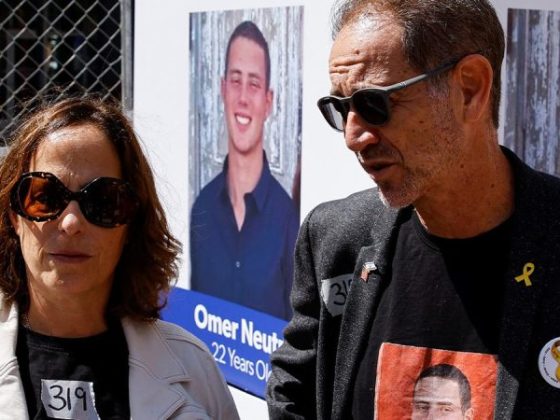Firstly, one of the major issues that inundated the Harris campaign was internal discord which, according to officials, significantly impaired the campaign’s ability to function effectively. Political campaigns are sophisticated bodies that require clear leadership and solid communication to function properly, much like any other organizational structure. In the case of the Harris campaign, tensions were reported between the California senator’s sister, Maya Harris, who served as the campaign chair, and campaign manager Juan Rodriguez. The discordance between these two key figures was said to have caused constant disruptions and disagreements on operational matters.
Secondly, the Harris campaign’s messaging was inconsistent and lacked a coherent strategy. This is crucial as a campaign’s message should ideally resonate with the electorate and embody a clear and solid vision of what the candidate aims to achieve. Unlike Trump’s campaign, the Harris campaign was unable to deliver a well-structured and sustained message that appealed to a broad cross-section of Americans. For instance, while Harris initially embraced a ‘Medicare for all’ stance, she later switched to a less forceful position, which may have led to confusion among voters about where she really stood on the issue.
Another substantive issue was the campaign’s financial strategy. Managing the money pouring into a campaign is pivotal to its survival and success, using those funds wisely can mean the difference between a small and large media push in key regions. In this case, the Harris campaign was alleged to have made some major missteps, including overspending on an expansive field operation hours before concerns about the campaign’s overall health were made public.
Now, focusing on what the Trump campaign did well, one can argue that the campaign’s ability to effectively target its key demographic was instrumental. As a former businessman rather than a career politician, Trump was able to speak the language of the everyday working-class Americans and offer a sense of understanding and empathy that was arguably missed by the Harris campaign. Trump knew exactly who his target voters were—the blue-collar workers, the rural demographic, the lifelong Republicans—and he tailored his messaging to resonate with them.
Another aspect that helped greatly was the incumbent advantage. Trump’s status as the current president gave him unparalleled visibility and a platform from which to campaign, which was further augmented by his savvy use of social media and his knack for gaining free media attention.
Lastly, the Trump campaign’s strategic use of divisive but populist issues to mobilize its base should not be underestimated. Trump’s team was able to tap into certain sentiments, fears, and grievances among its target demographic, making his campaign messages instantly catchy and relatable.
In conclusion, the Harris campaign’s struggles largely stemmed from issues that are familiar to many unsuccessful political bids: internal strife, financial mismanagement, and inconsistent messaging. On the flip side, Trump’s campaign thrived on clear, consistent messaging tailored to specific voter demographics, smart utilization of incumbent advantage, and crafty use of divisive issues to mobilize his voter base.

